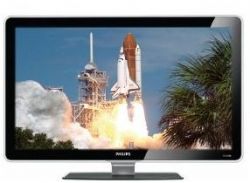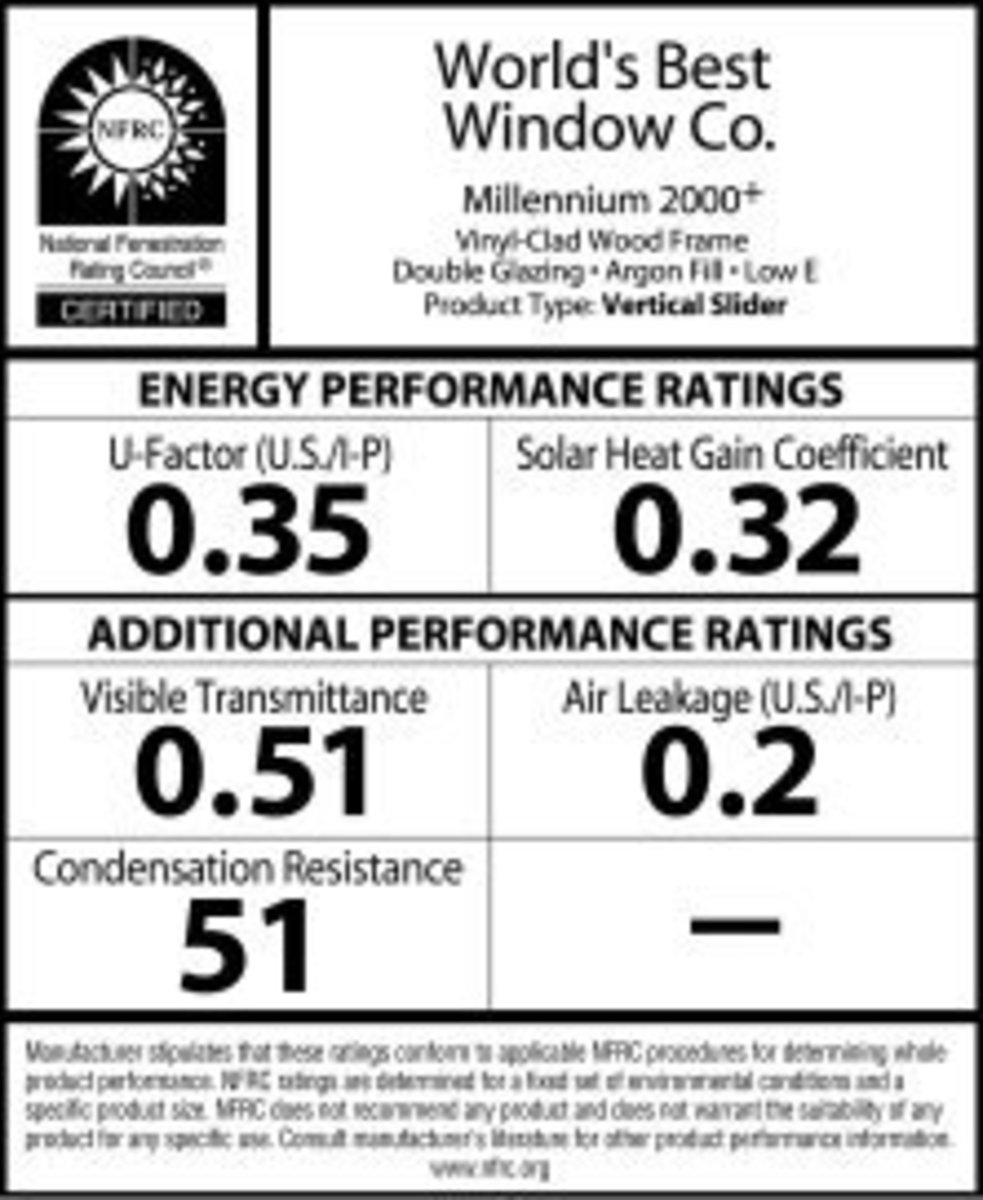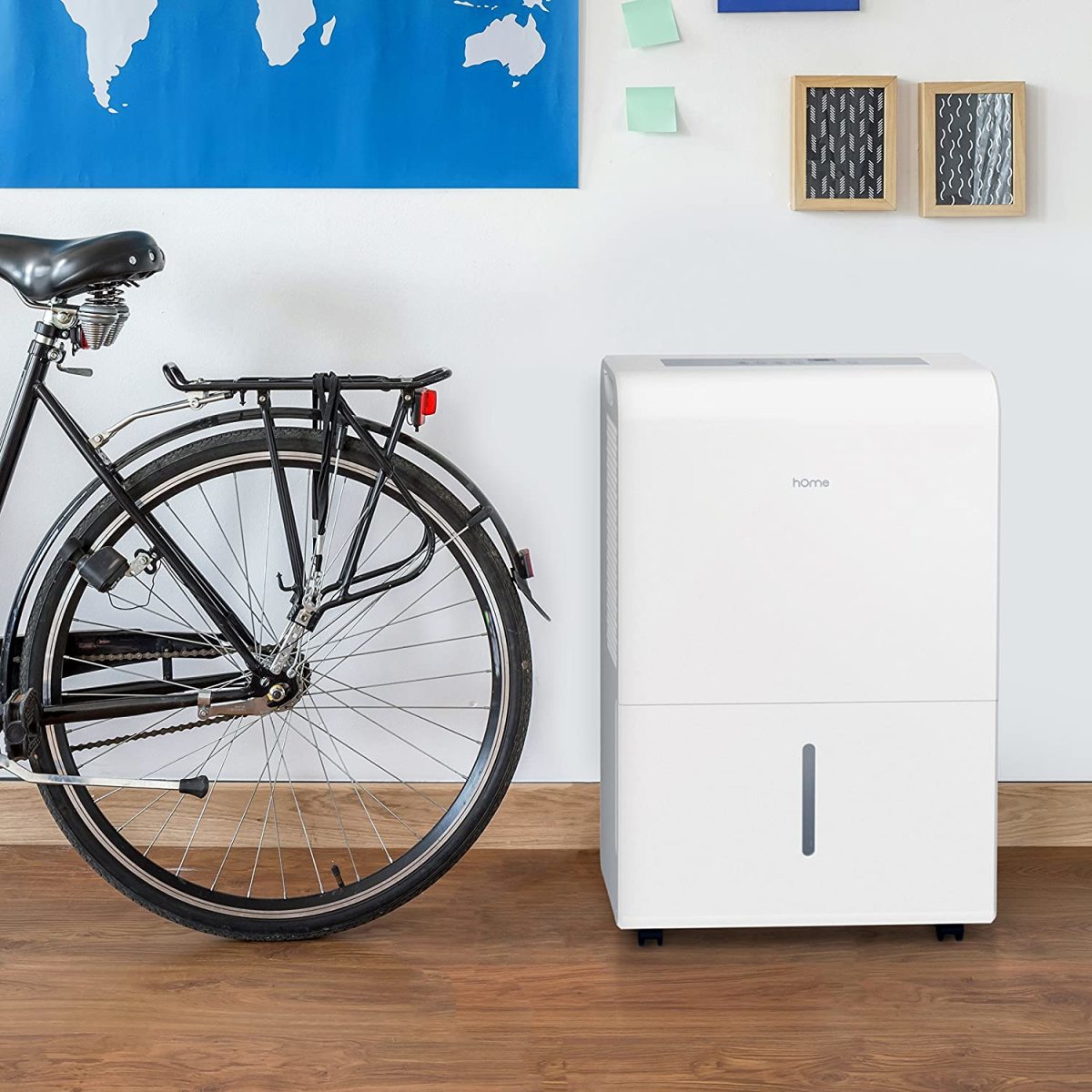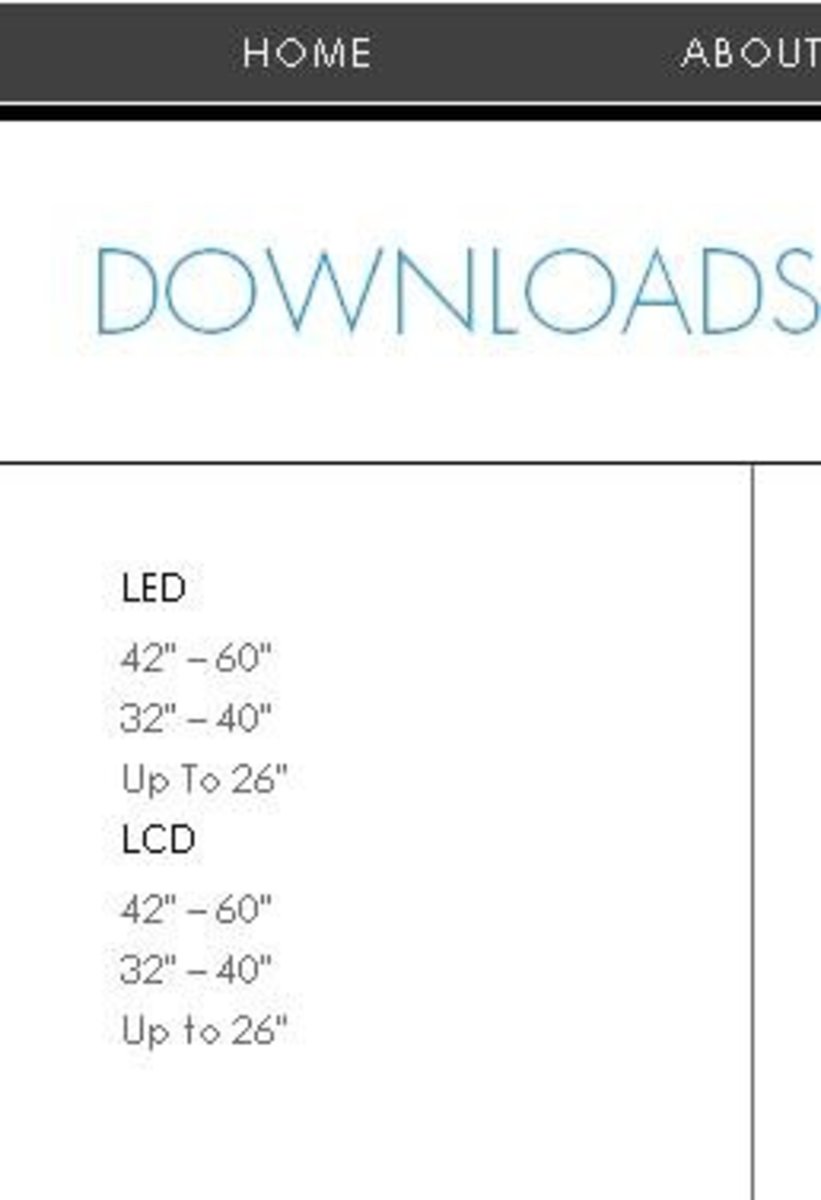Finding a More Energy Efficient TV

All about Energy Efficient TV
More energy efficient TV models are appearing in the marketplace. Increasingly consumers are becoming aware of the amount of power consumed by electronic devices in their home. Some estimates regarding the amount of energy consumed by the electronic gadgets in our homes, are as high as 25% of all residential use. That's a lot of electricity.
If you're on the search for a TV that will conserve a bit, there are a number of things to think about. On this page we will tip you off to some important factors to consider, show you some of the more energy efficient TV models on the market, and guide you toward some tips for greater savings.

Energy Star 5.3 Standards for an Energy Efficient TV
Probably one of the easiest things you can do when you're shopping for an energy efficient TV, is to look for an indication that a set is Energy Star 5.3 certified (or better) The Energy Star certification assures a device, a television in this case, meets certain minimum specifications for efficiency. (You can learn about these standards here. ) New standards are adopted periodically. Looking for the Energy Star logo is easy.

A Smaller Size is Another Way of Getting an Energy Efficient Television
One obvious way of getting a more energy efficient TV is to buy one that's smaller. Size is certainly not the only factor to influence power usage but it is important. If you choose to buy a 47 inch TV versus a 52 inch model, the power usage difference could be as much as 25% annually depending on the specific model you select.
You can find the annual cost of operating a given TV model by various companies that test such things. One site that readily offers such information can be found at CNET.

Some Newer Technology Developments Can Provide a More Energy Efficient TV
The type of technology used in a TV is also a large factor in whether it has low power consumption or not. Historically, an LCD is a more energy efficient TV than a plasma and if it is an LED model, it's even more efficient. OLED brings further improvements, and laser TV is also said to save energy. However, some of these lines are blurring as technologies continue to evolve long after they first hit the market.
Here's a look at a few specific advances with some of the older technologies that makes them more energy conscious than their predecessors as well as a glance at some of the newer options that should provide an energy saving option.

Plasma: Becoming a More Energy Efficient TV?
Certainly, Plasma TV's do not have a reputation as an energy efficient TV. In fact, they are seen as the biggest power user. Of course they also come in the largest sized screens as well. However, things are changing, and now there is at least one manufacturer that can tout a more energy efficient TV. Panasonic for instance has their NeoPDP plasma displays. Their line of televisions is said to provide a number of benefits to consumers; from 50% more brightness, better contrast ratios, and better refresh rates for better images to the fact that they consume 50% less energy than previous Panasonic plasma models.
This allows plasma to shed it's old image of being the energy hog. They range in size from 42" to 65" so if you choose to further restrict energy consumption, you can stick with a more modest sized television.
Panasonic NeoPDP Energy Efficient Plasma TV

LCD: Making More Improvements for Energy Savings
Of course LCD technology isn't sitting still. Mostly manufacturers have added on power saving features to allow less brightness under certain conditions, generally regulated by sensors. The backlight on an LCD television is what consumes the majority of the power used by the set. Recent developments have manufacturers switching from CCFL backlights to LED. The old CCFL backlights could not be dimmed, but a backlit LED TV can adjust brightness. Numerous manufacturers now offer backlit LED models, which make for an even more energy efficient TV.
Sony is one example of how manufacturers have also made efforts to cut energy consumption as well. Their KDL VE5 series Bravia sets make use of a HCFL backlight (Hot Cathode Fluorescent Lamp) which they say decreases power consumption 65% over Energy Star 3.0 requirements. In addition, the set has a VE5 switch which senses when you step out of the room and triggers the set to shut off the picture. If you don't return within 30 minutes, it turns off the television completely.

Laser TV: DLP's Energy Efficient Offspring
Aside from plasma and LCD, a DLP (digital light processing) TV has been another option for those wanting a large screen television in recent years. DLP has also undergone some significant evolution. The color wheels that are used to generate the images on the screen of traditional DLP televisions are being replaced with lasers. These new laser models are said to be an even more energy efficient TV; consuming only 1/3 the amount of power as an LCD television of the same size.

Tips for Reducing TV Energy Consumption
If you select a smaller TV and/or one with an energy saving design whether it's a new version of plasma, laser TV, or an LCD with the ability to dim brightness, you've made significant strides in controlling your TV energy consumption. There's more you can do though.
Turn off your television. If you're not in the room watching, turn it off. Although today's energy efficient TV usually has lower power usage in general they still use some energy even when switched off. For this reason it's best to have them unplugged or turned off via a power strip to help eliminate this. If you have kids that tend to watch a great deal of TV when you're not there and you want to reduce their viewing time, there are timers that can control this. Adjust brightness settings to suit your room. Many TV's are set to their highest brightness and color levels and this isn't necessary in most living rooms. There are many calibration products on the market that can help do this if needed. If, however, you feel the highest settings are necessary based on your situation, you might consider relocating the TV or using blinds to change lighting in the room to make lower settings possible.








